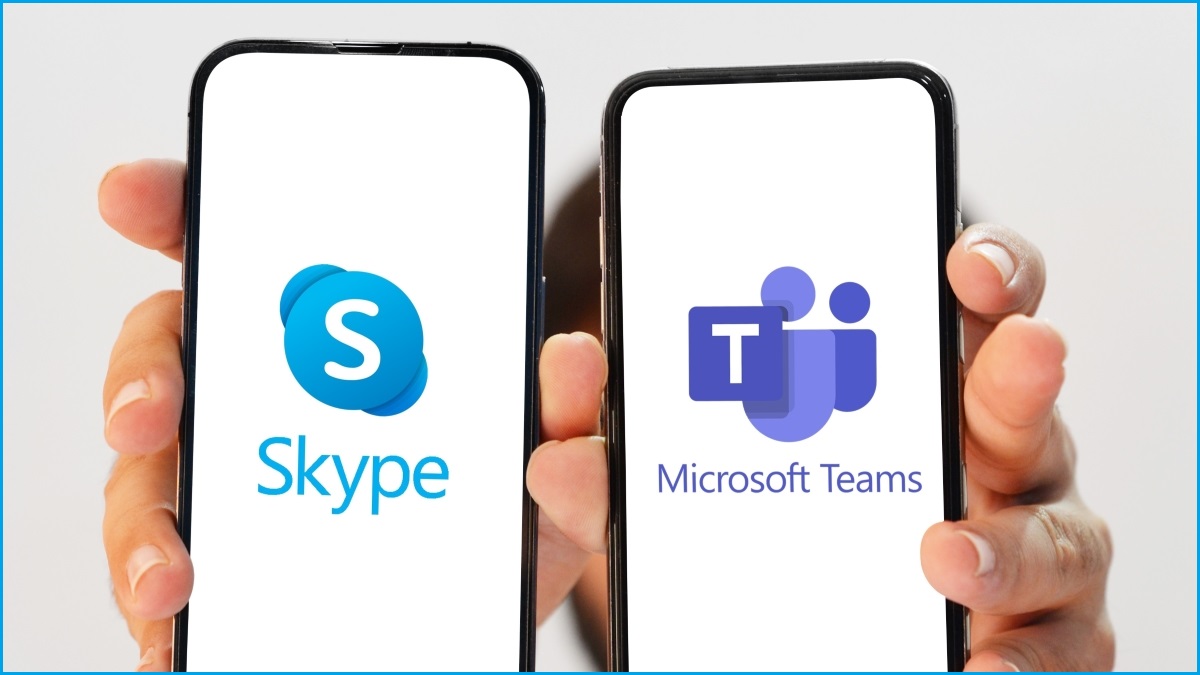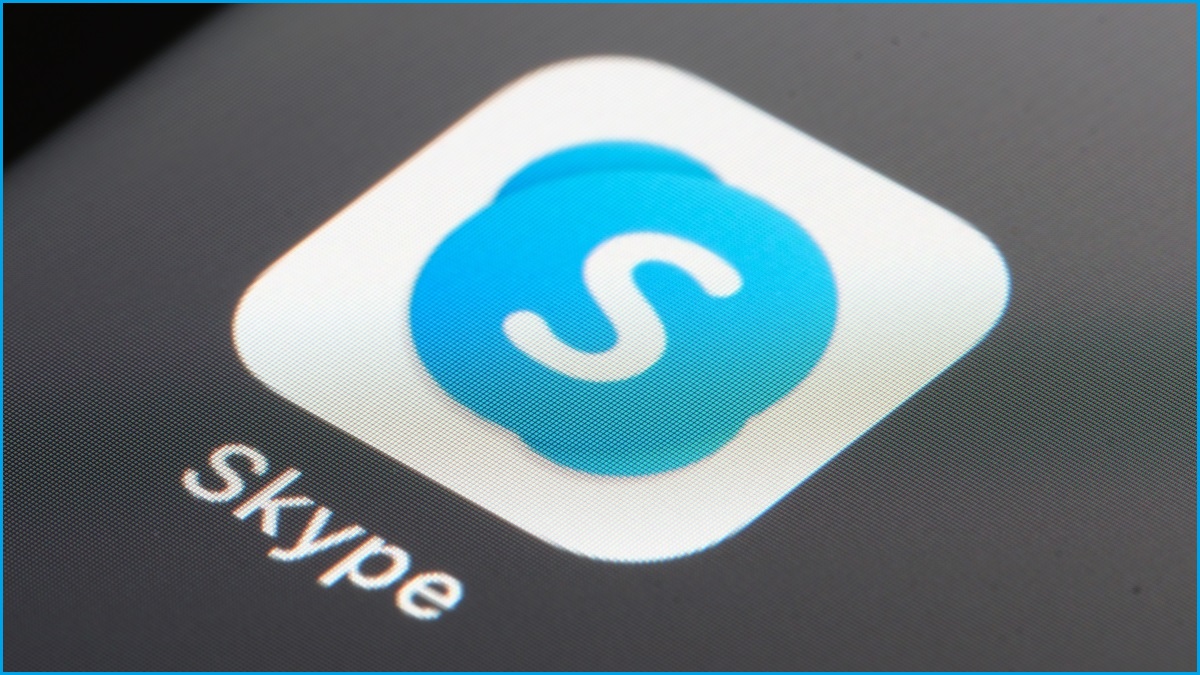Microsoft says it will close Skype, the once-transformative internet calling and videoconferencing platform it acquired in 2011, so the technology giant can focus on its Microsoft Teams software.
Skype will be retired on 5 May 2025, with users given the option to migrate their Skype data across to Teams, Microsoft announced on Friday.
The change meant Skype users would be able sign into Teams using their Skype credentials during the transition period, where their “chats and contacts will automatically appear”, the company said.
Jeff Teper, president of collaborative apps and platforms at Microsoft, said the US firm was shuttering Skype “in order to streamline our free consumer communications offerings so we can more easily adapt to customer needs”.
While Skype helped revolutionise how people communicate online, the platform later faced increasing competition from the likes of Teams, Zoom, Slack, and Google Meet as remote work boomed during the COVID-19 pandemic, with Microsoft prioritising the development of Teams in recent years.
Teams has also faced some criticism over its stability, and while it was mostly used to connect groups of people within businesses, schools, and organisations, Teper argued it had “many of the same core features” as the more consumer-focused Skype.
Skype users who did not wish to migrate to Teams could export their Skype data, such as chats, contacts, and call history before the service is shut down, Microsoft said.
Skype users with paid subscriptions or credits for making calls could continue to use them until the end of their next renewal period, with the Skype Dial Pad to remain available for paid users in the Skype web portal and in Teams.
Co-founder remembers ‘how expensive it used to be to call Australia’
Swedish entrepreneur Niklas Zennström, who co-founded Skype with Danish entrepreneur Janus Friis in the early noughties, said the pair built the platform “to break the telecoms monopoly and make the world a little smaller”.
“Overnight expats, business travellers, holidaymakers, and those leaving their home countries under far more difficult circumstances had a way to stay connected to their loved ones – completely for free,” he wrote on LinkedIn, which itself was acquired by Microsoft in 2016.
“Skype was a revolutionary product of its time and I will always be proud and grateful for the early team members and investors who took a chance on us," said Zennström.
“Now other firms are innovating in this space to offer new services for a whole new generation, many of whom will have no idea of how expensive it used to be to call Australia... that's a great thing.”
Skype’s work had led to the creation of “more than 900 new companies” by those who had worked at the firm, Zennström said.
“It was a privilege to be part of Skype, and even more so to see how the industry is transformed today,” he said.

Microsoft says Skype users will be able to log into Teams using their Skype credentials. Image: Shutterstock
How ‘Skype’ became a verb
Skype was created by Zennström, Friss, and four developers from Estonia.
First released in August 2003, it pioneered the use of the internet to make phone calls using the Voice Over Internet Protocol (VOIP).
The company was acquired by eBay in 2005 for around $4.2 billion ($US2.6 billion) and went on to add video call capabilities, before a group of investment firms bought 65 per cent of the company in 2009 for around $3 billion ($US1.9 billion).
Microsoft purchased Skype in 2011 for $13.7 billion ($US8.5 billion), when the platform purportedly had 170 million users worldwide.
It was Microsoft’s largest-ever acquisition at the time, with the sale also reportedly drawing interest from the likes of Google, Facebook, and Cisco.
“The Skype brand has become a verb, nearly synonymous with video and voice communications,” then-Microsoft CEO Steve Ballmer said when the acquisition was announced.
While Microsoft has not shared regular updates about Skype’s user numbers, the platform is said to have peaked in 2013 when Microsoft said it had 300 million users.
Skype was also merged with the tech giant’s instant messaging service Windows Live Messenger (previously MSN Messenger) in the same year.
Microsoft revealed in early 2023 that around 36 million people were using Skype daily.










